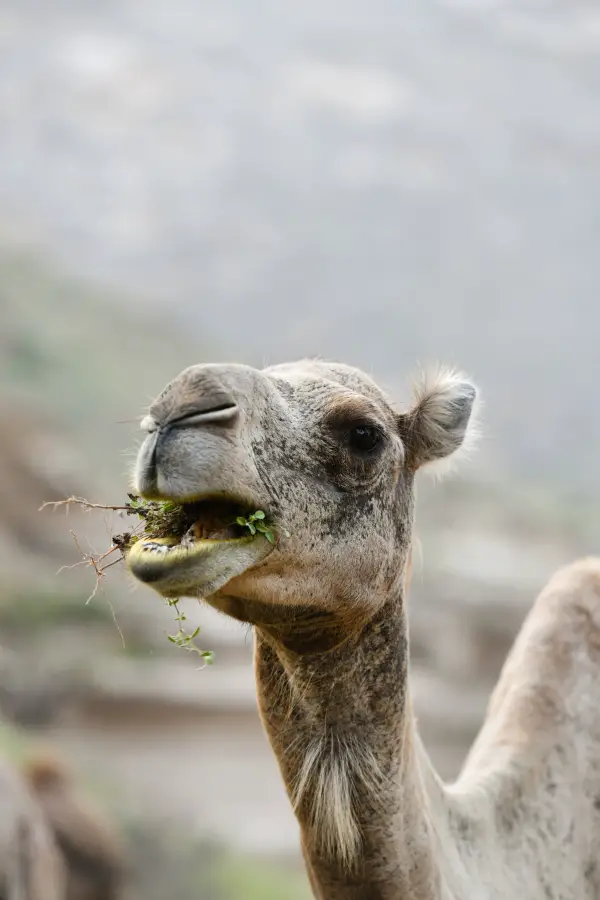As is very obvious at the moment, the beauty industry is having to step up their game when it comes to sustainability. We are all aware, I think, of the over-use of plastics in beauty packaging, the need to reduce water consumption at production level and to keep ingredient resources sustainable. Neal’s Yard Remedies dropped me an email on Wednesday that struck a chord because while we all understand the issues of sustainability, we are rarely presented them on an individual ingredient level. In this case, it’s Frankincense. Neal’s Yard Remedies has an entire line based around that ingredient but who knew that a) frankincense comes from a tree and b) lurking camels like nothing better than to eat the branches of the Boswellia sacra trees.

Neal’s Yard Remedies source their Frankincense from Oman because it’s the most sustainable that the brand could find, but over several years, its become listed on the International Union for the Conservation of Nature’s Red List meaning that it is at real risk of threat. To harvest Frankincense, Boswellia trees are cut which causes them to leak resin. The resin hardens and is then scraped to be used dried or steamed for essential oils.

Incorrect tree tapping causes damage to the trees, as do those pesky camels (caught in the act in the main picture) and if you bear in mind that it takes at least 10 years for one Boswellia tree to mature before it can be tapped, you can see how, without proper care and attention, the bigger picture isn’t wholesome. No trees, no Frankincense, but more importantly, no livelihood for the collectors and producers. I mean, it’s a problem that’s not very visible to us sitting here at our desks, but the implications are huge.

Neal’s Yard has launched Project Frankincense which involves leasing a Frankincense nursery in Oman with the aim of planting 5K Boswellia sacra seeds per year. This will help to re-establish equity in the resin trade – low impact, high-yield harvests in a sustainable and an easily emulated model to prevent the resin becoming an ingredient from the past. I mean, it goes back in history to biblical times so it somehow feels important not to lose it.

Anyway, I like a story like this where there is nothing to flog, just a simple ‘here’s what we’re doing and why’ that educates all of us and puts something back into the community of origin. You can read more about it HERE if you wish.


Leave a Reply